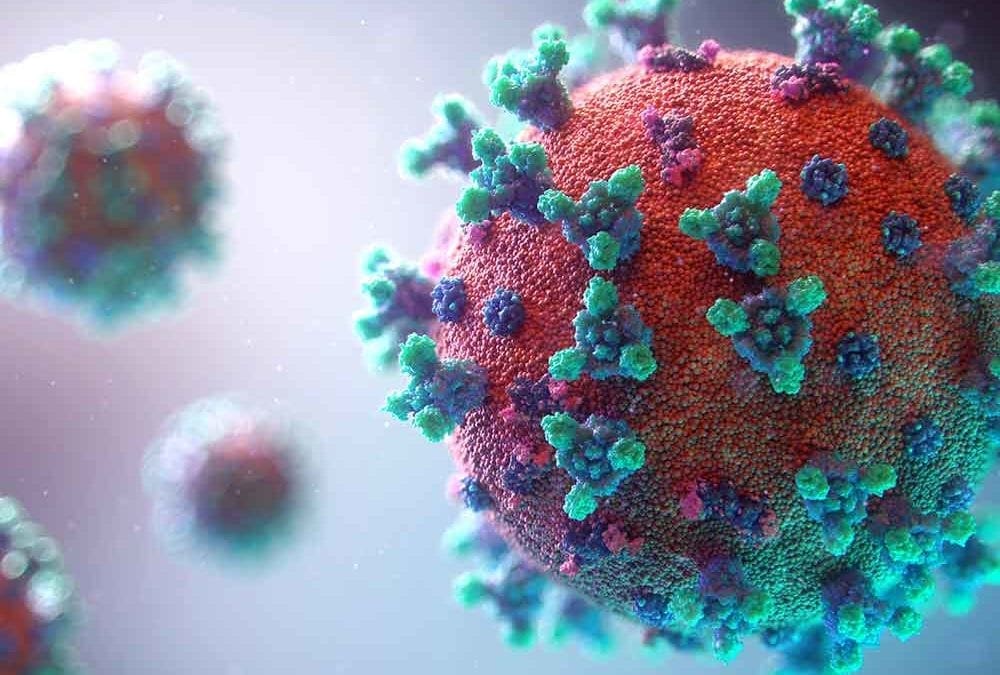Observational data suggest that SARS-CoV-2 spreads between people at short distances. SARS-CoV-2 may spread by the primary method of transmission of the SARS-CoV-2 virus—via relatively large respiratory droplets, which fall quickly to the floor under their own weight, or even via the smaller aerosolized droplets capable of circulating in the air for long periods of time.
Researchers have found the virus in latent hospital air of rooms with infected patients and have established that normal speaking may pumps infectious aerosols into the air.
Scientists have considered aerosols to be particles smaller than 100 microns across linger in the air, rather than dropping to the ground shortly after being emitted.
Ferrets, which have been a classic model for studying infectious disease transmission, as ferrets and humans share similarities in lung physiology and cellular receptor distribution.
The researchers placed the donor ferret in the bottom cage and the healthy ferret in the top cage, the two cages were connected via a fan carrying air from the bottom cage to the top cage. At the end of the experiment two of the four SARS-CoV-2 recipients were infected.
Unfortunately, the ferret experiment didn’t discriminate between transmission via small aerosols, large droplets but it carries practical implications for recommendations of types of masks and ventilation systems best suited to filter out airborne particles.

Specializing in rare disease, Boston Biotech Clinical Research works with biotech, pharmaceutical, device companies and investors to streamline the clinical trial process. Our experienced team helps each client reach their specific goals by customizing a clinical and regulatory road map of simplified programs and streamlined protocols to meet our clients’ requirements.

